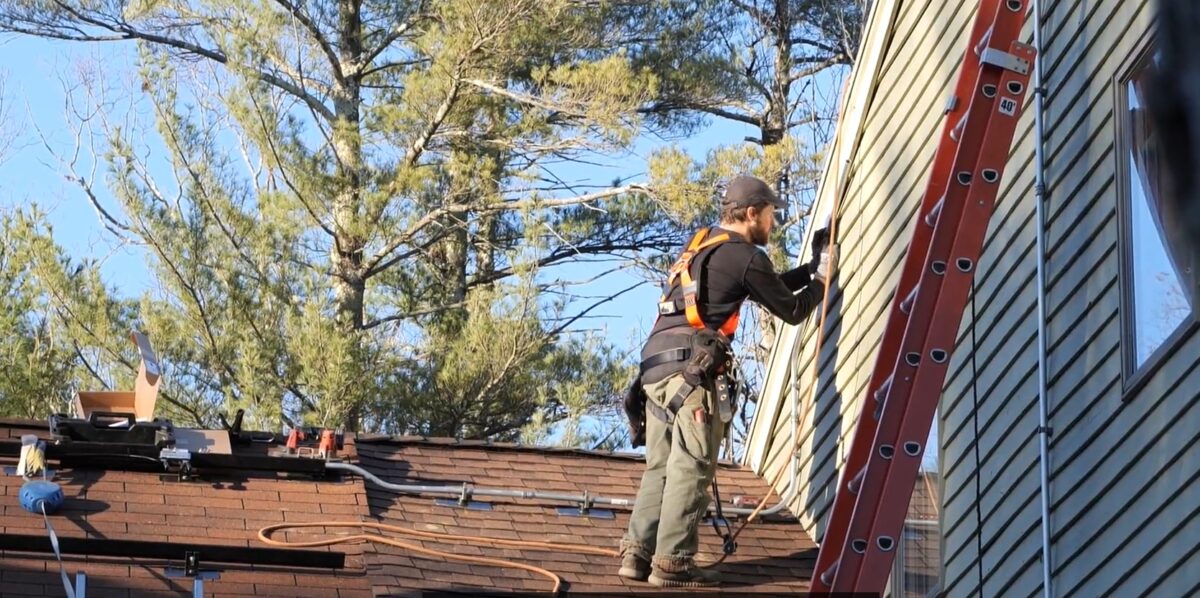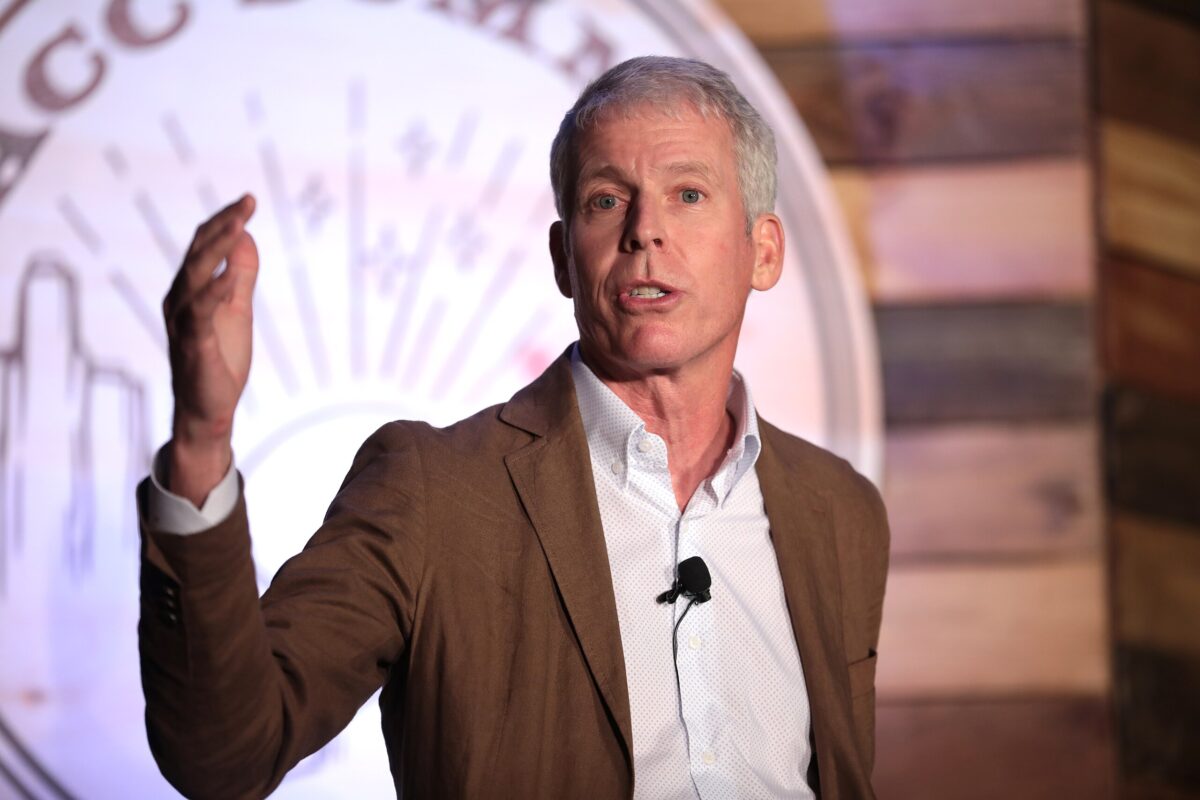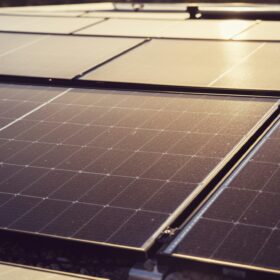While the PUC will ultimately rule on net metering, a group of interested parties—including the state’s utilities and the Granite State Hydropower Association—agreed on a settlement that calls for the rate to stay the same for two years.
The settlement also calls for the electric utilities to file a NEM time-of-use rate two years from the approval of what they’re calling NEM 2.1. In response to claims that NEM shifts costs to non-solar ratepayers, the settlement calls for the utilities to impose application fees for net metered projects to reduce the administrative costs borne by non-net-metering customers. Fees suggested range from $200 to $1,000 per project.
The state’s leading clean energy advocacy group, Clean Energy NH, has sent a rallying cry in support of the settlement. Executive director, Sam Evans-Brown told pv magazine USA that he’s hopeful that the commissioners won’t cut the current compensation rate, but he said “we have seen with this commission that they are hostile to certain types of utility programs. This was most evident in their order in the Energy Efficiency docket from 2020, which was overturned unanimously on a bipartisan basis by New Hampshire lawmakers.”
Much evidence has been entered into the record for Docket 22-060, yet Evans-Brown said in the past, the order in the previous docket was not based on any evidence that was entered into the record, so Clean Energy NH is afraid that history may repeat itself.
The history of net metering in New Hampshire goes back to 1998 when NEM, a policy that provides credit to rate payers on utility bills for the amount of solar energy sent to the grid, was first enacted in New Hampshire. At the time it supported both solar generation as well as small-scale hydropower and it provided net credits at the retail rate which was 17 cents per kWh.
In 2017 NH’s NEM was cut to around 14.7 cents per kWh for small (<100 kW) systems and 10 cents per kWh for large projects compared to between 13 and 25 cents per kWh in Maine, and about 16 cents per kWh in Vermont.

Source: Clean Energy NH
While the net metering rate has been low in NH, the cost of electricity is high. New Hampshire currently has the 8th highest electricity rate in the country, averaging 23.1 cents per kWh.
Furthermore, while solar would ease this cost burden for many ratepayers, the state is not known as a solar energy powerhouse. The state currently gets 1.94% of its electricity from solar, compared to neighboring Massachusetts that gets 23.75% of its electricity from the sun. NH and is ranked 41st in the nation according to the Solar Energy Industries Association. That rank is expected to drop to 45th over the next five years.
If the NH PUC chooses to reduce or eliminate net metering in New Hampshire, solar in the state may be affected. pv magazine USA spoke with Dan Weeks, vice president at ReVision Energy, New Hampshire’s largest solar installer. Weeks said that net metering has been “the critical foundation for thousands of families, plus housing authorities, nonprofits, businesses, and towns to go solar and get at least a portion of the value that they provide to the grid back in net metering credits.”
Weeks noted that right now net metering in NH is good through 2040, which is only 15 years away. With 20 years being the “minimum accepted duration for investing in projects,” he said ReVision is hoping the PUC leaves net metering in tact and extends the duration.
“We think that’s a very modest task,” said Weeks. “And the fact that all of the regulated utilities, as well as the consumer advocates, plus industry and environmentalists are in alignment should make it an easy decision for the PUC commissioners. But we’re also reading the signals showing that they could go in a very drastic direction, and that concerns us very much.”
California’s current solar conundrum is an example of what could happen to New Hampshire’s solar market. The updated net metering rule that was implemented in April 2023, called NEM 3.0, cut compensation for exported rooftop solar generation by roughly 80%. Since then interconnection queues show an 80% drop in installation applications. The California Solar and Storage Association (CALSSA) reported that nearly 17,000 rooftop solar jobs, about 22% of the workforce, were lost this year as a result. Solar Insure, which backs many installation companies in the state, told pv magazine USA that its data shows 75% of solar installers are now in the “high risk” category following CPUC’s decision to implement NEM 3.0, with SunPower being the most notable bankruptcy among many.
Comments on the potential rate change can be emailed to ClerksOffice@puc.nh.gov. Clean Energy NH advises that comments be sent by August 30, 2024.
This content is protected by copyright and may not be reused. If you want to cooperate with us and would like to reuse some of our content, please contact: editors@pv-magazine.com.









By submitting this form you agree to pv magazine using your data for the purposes of publishing your comment.
Your personal data will only be disclosed or otherwise transmitted to third parties for the purposes of spam filtering or if this is necessary for technical maintenance of the website. Any other transfer to third parties will not take place unless this is justified on the basis of applicable data protection regulations or if pv magazine is legally obliged to do so.
You may revoke this consent at any time with effect for the future, in which case your personal data will be deleted immediately. Otherwise, your data will be deleted if pv magazine has processed your request or the purpose of data storage is fulfilled.
Further information on data privacy can be found in our Data Protection Policy.